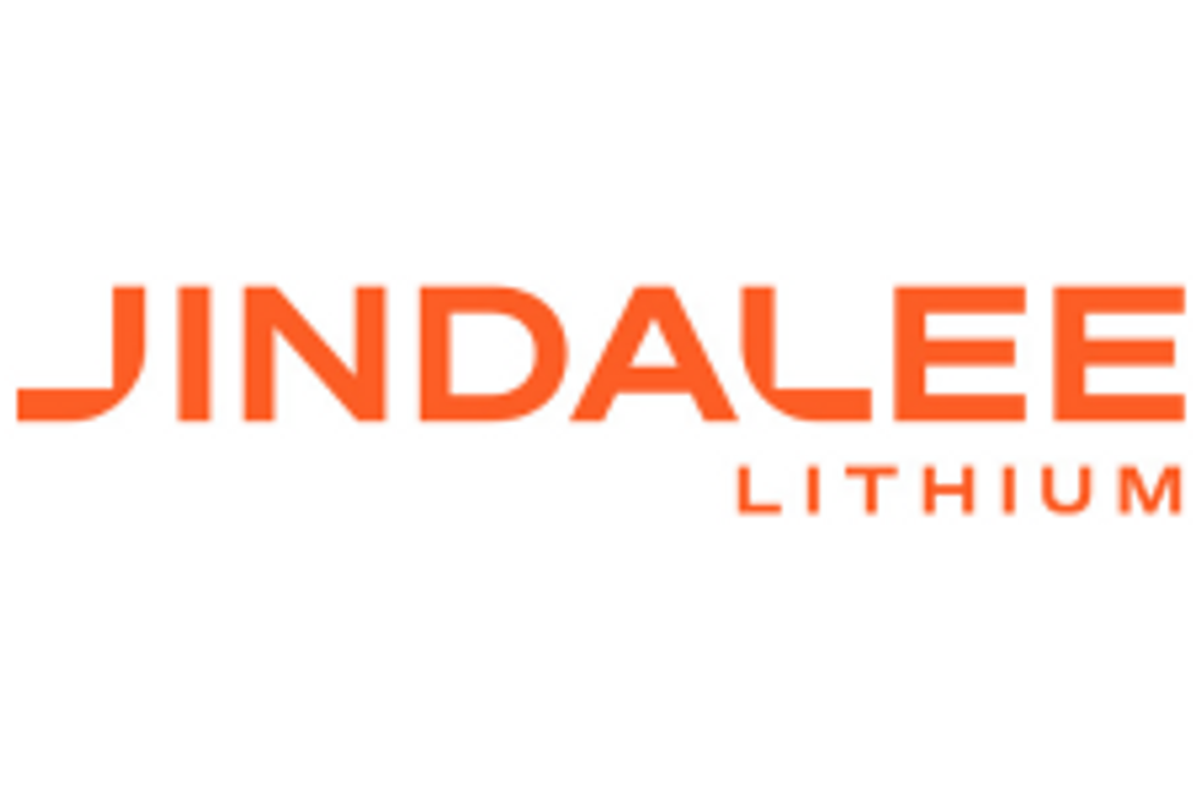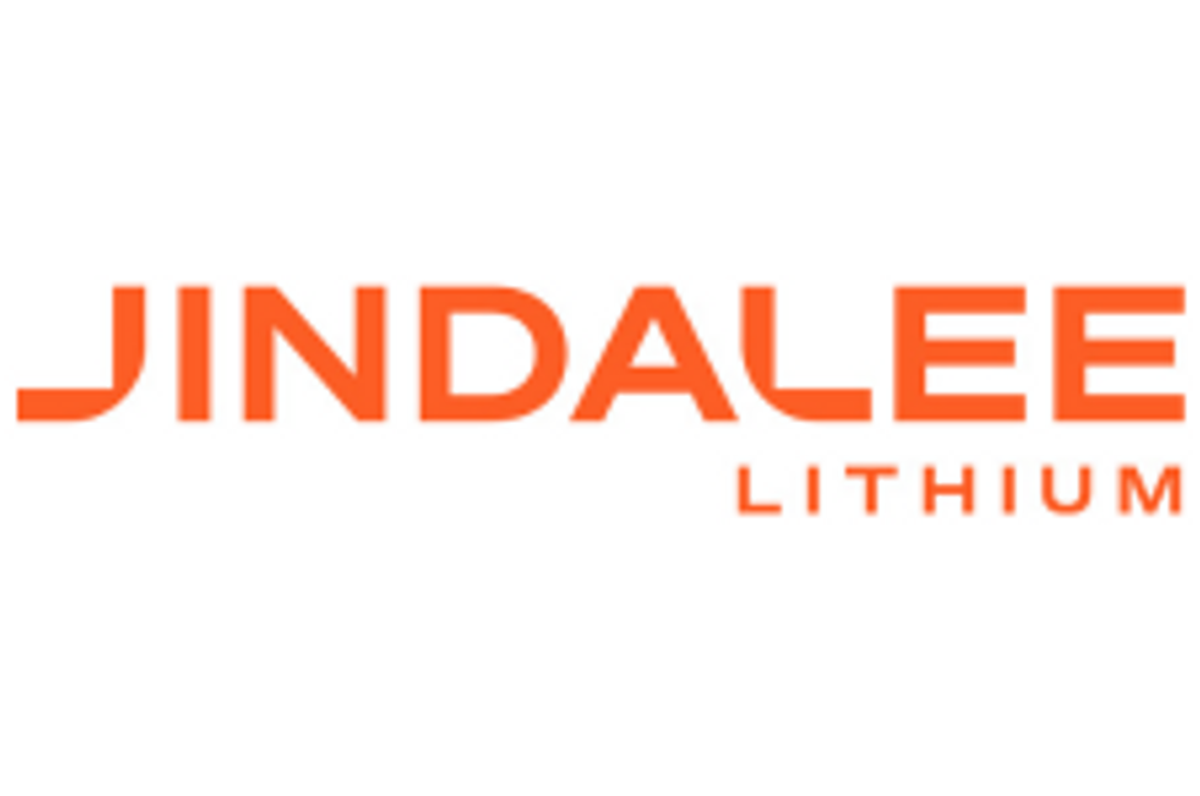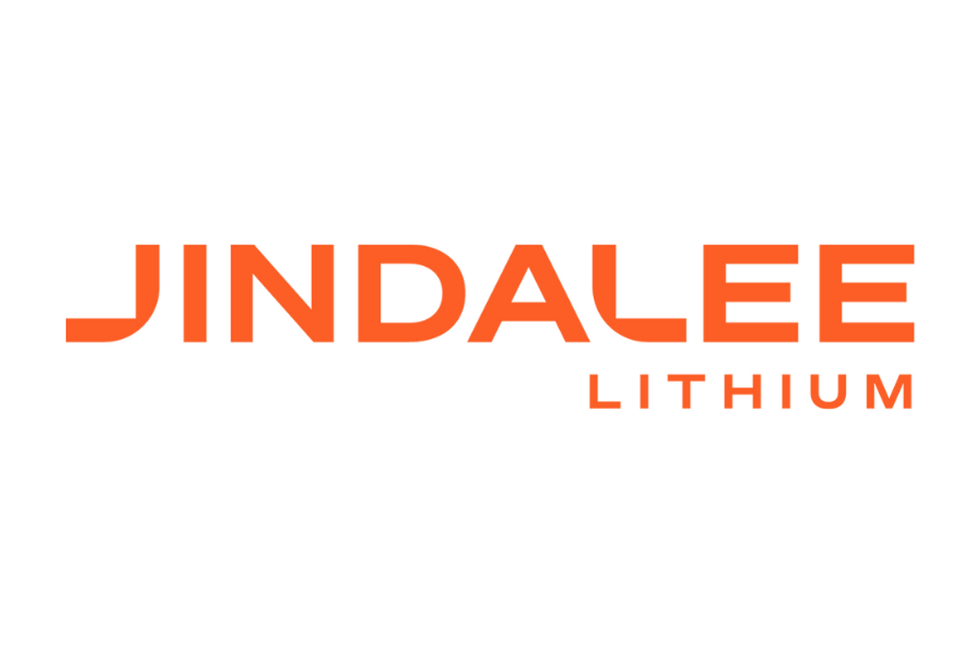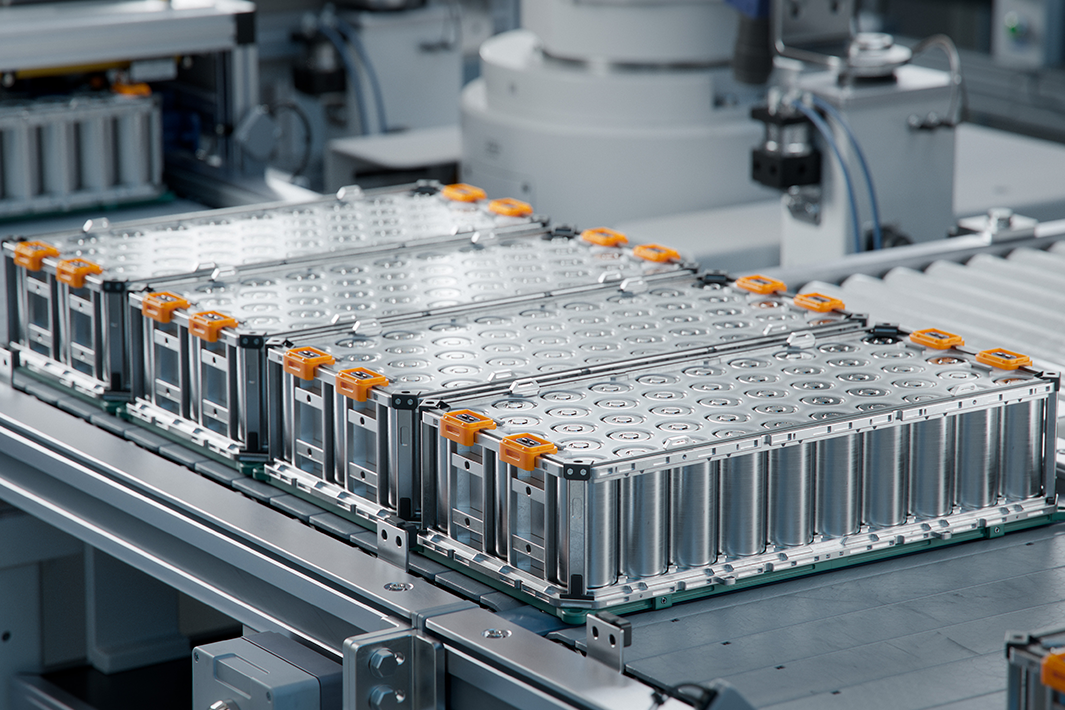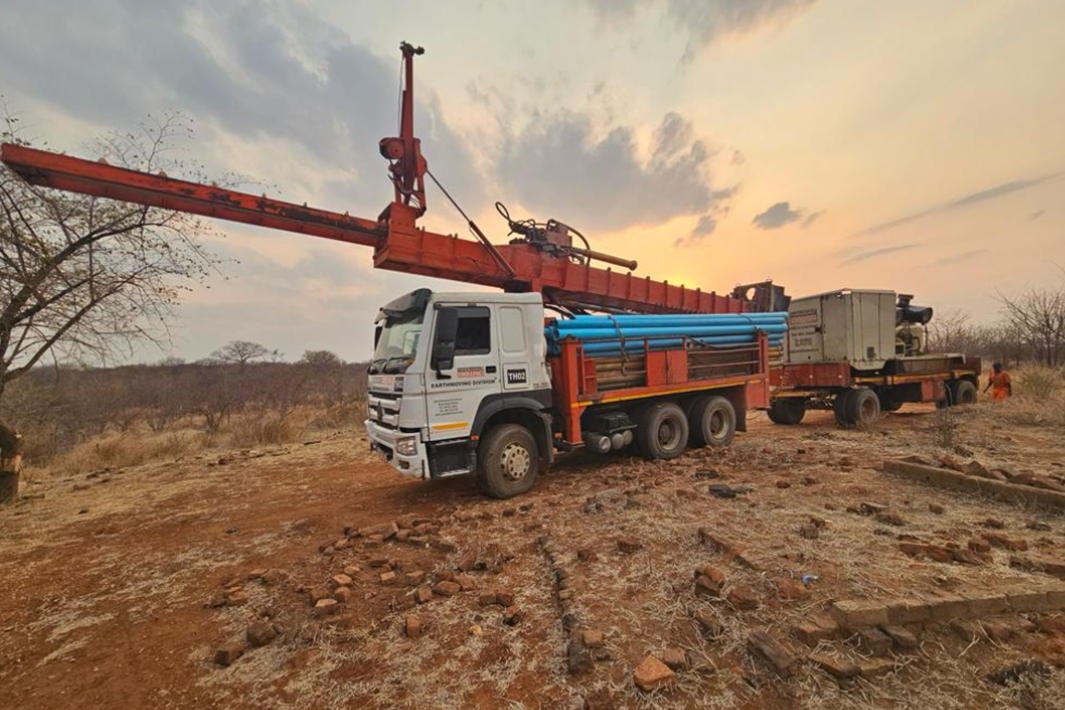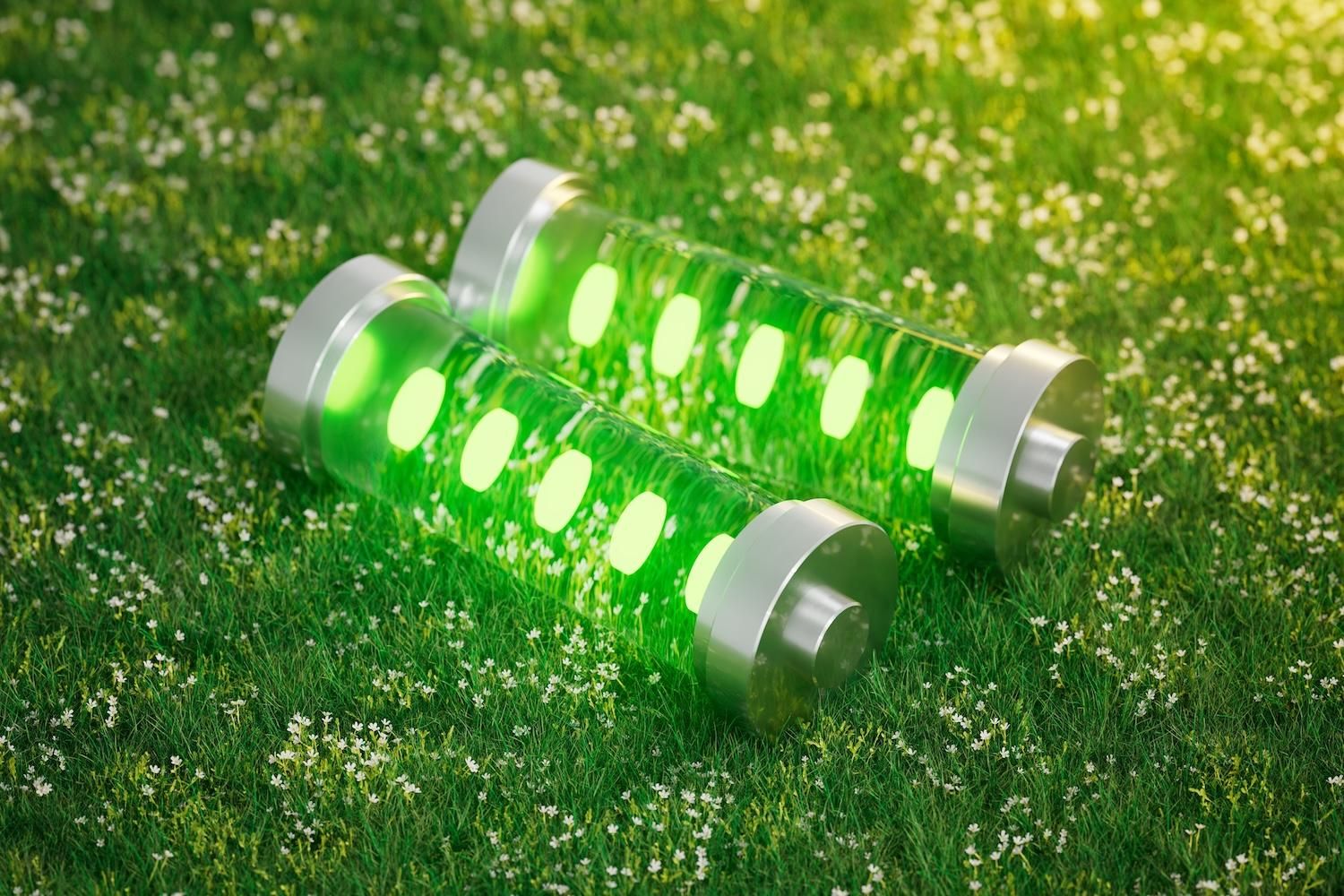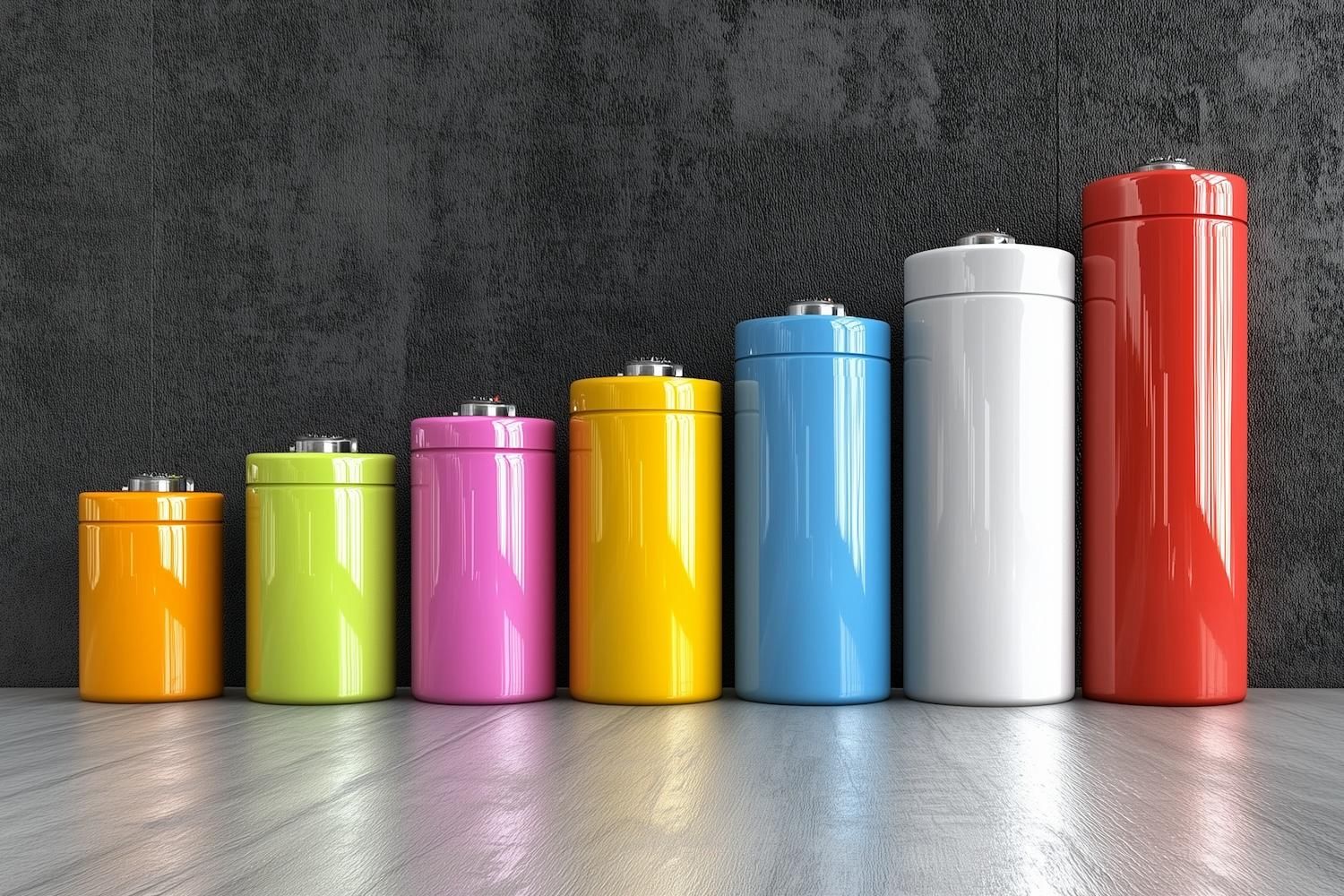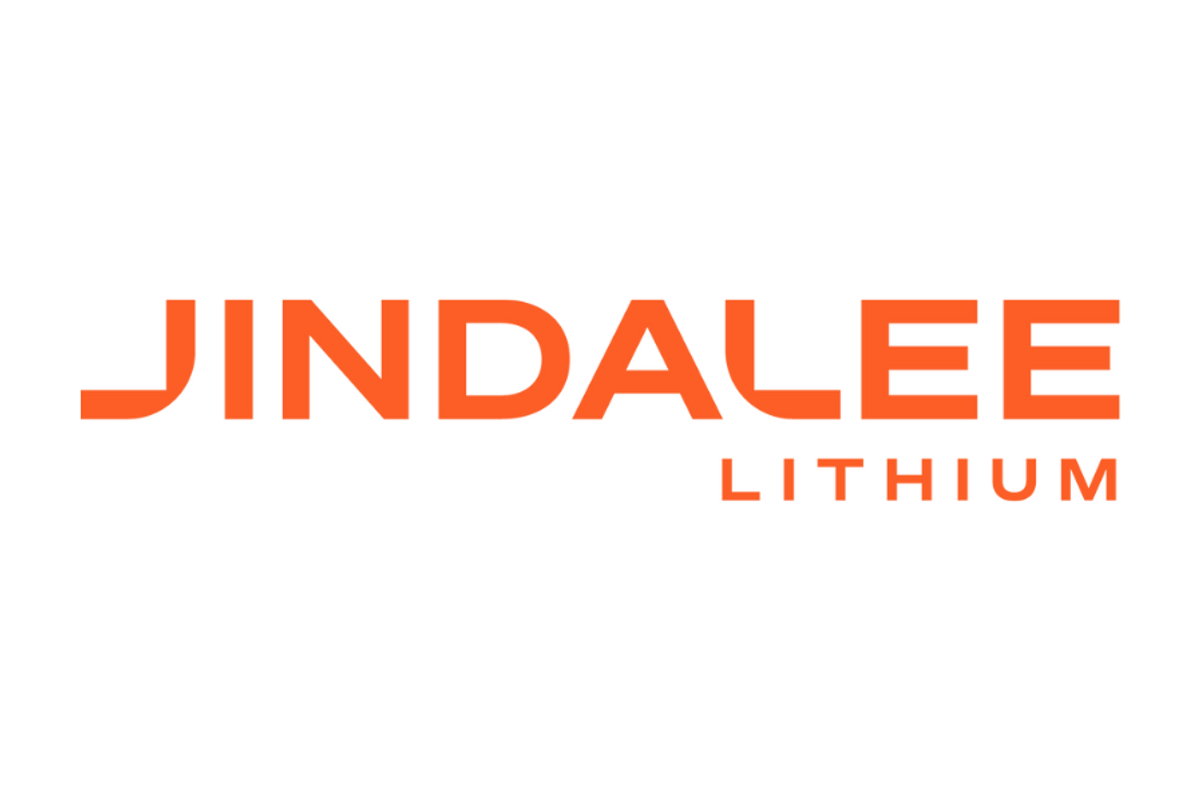
March 05, 2024
Jindalee Lithium Limited (ASX: JLL) is a pure-play US lithium company focussed on the development of the giant McDermitt Lithium Project, currently the largest lithium deposit in North America. Jindalee also provides shareholders with indirect exposure to lithium, gold, base and strategic metals, iron ore, uranium and magnesite in Australia through holdings in spin-out companies Dynamic Metals (ASX: DYM) and Energy Metals (ASX: EME).
- Mineral Resources to pay Dynamic Metals $5M cash and spend $15M on exploration over 4 years to earn 65% of the lithium rights at Dynamic’s Widgiemooltha Project, and can increase to 80% by sole funding to Decision to Mine
- Dynamic was spun-out of Jindalee in January 2023 with Jindalee shareholders receiving a priority offer to subscribe for Dynamic shares in the IPO
- Jindalee remains Dynamic’s largest shareholder with 25.5% of issued capital
On 5 March 2024, Dynamic Metals (ASX: DYM) (Dynamic) announced a binding joint venture and farm-in agreement with Mineral Resources (ASX: MIN) (MinRes)1 whereby MinRes can earn up to 80% of the lithium rights at Dynamic’s Widgiemooltha Project (WA) (Project) in three stages (subject to satisfaction of certain conditions):
1. Dynamic sells 40% of its lithium rights at the Project to MinRes for $5M cash,
2. MinRes can sole fund $15M of exploration over 4 years to increase its interest to 65%,
3. MinRes can elect to increase its interest to 80% by sole funding expenditure to a Decision to Mine. Further information on Dynamic can be found at Dynamic’s website (www.dynamicmetals.com.au).
Jindalee congratulates the Dynamic team on this landmark transaction with MinRes and looks forward to early exploration success at Widgiemooltha, and other projects in Dynamic’s extensive portfolio.
Click here for the full ASX Release
This article includes content from Jindalee Lithium Limited, licensed for the purpose of publishing on Investing News Australia. This article does not constitute financial product advice. It is your responsibility to perform proper due diligence before acting upon any information provided here. Please refer to our full disclaimer here.
JLL:AU

Sign up to get your FREE
Jindalee Lithium Investor Kit
and hear about exciting investment opportunities.
- Corporate info
- Insights
- Growth strategies
- Upcoming projects
GET YOUR FREE INVESTOR KIT
The Conversation (0)
16 April
Jindalee Lithium
Game-changing, economically significant lithium resource for North American battery supply chain
Game-changing, economically significant lithium resource for North American battery supply chain Keep Reading...
11 December
US Government Approves Major Drilling Program at McDermitt
Jindalee Lithium (JLL:AU) has announced US Government Approves Major Drilling Program at McDermittDownload the PDF here. Keep Reading...
08 December
Trading Halt
Jindalee Lithium (JLL:AU) has announced Trading HaltDownload the PDF here. Keep Reading...
03 December
McDermitt Drilling and US Listing Update
Jindalee Lithium Limited (Jindalee, or the Company; ASX: JLL, OTCQX: JNDAF) is pleased to report significant progress on two fronts: the successful completion of the 2025 drilling program at the McDermitt Lithium Project and continued advancement of plans to list McDermitt on a US national... Keep Reading...
27 November
Oversubscribed Share Purchase Plan Raises $1.5 Million
Further to its announcement on 20 October 20251, Jindalee Lithium Limited (ASX: JLL, OTCQX: JNDAF) (Company) is pleased to advise the results of its Share Purchase Plan (SPP). The SPP closed for applications on 20 November 2025, and the Company has today completed the allocation and issuance of... Keep Reading...
04 November
Drilling Underway at McDermitt Lithium Project
Jindalee Lithium (JLL:AU) has announced Drilling Underway at McDermitt Lithium ProjectDownload the PDF here. Keep Reading...
11 December
Mining the Gap: 5 Forces Shaping North America’s Lithium Supply Chain
A convergence of industry investments, government initiatives and a shifting global trade dynamic is creating an environment ripe for the development of a North American battery supply chain, with lithium playing a leading role. These trends are reshaping the region’s industrial base and opening... Keep Reading...
10 December
Rock Bottom: Strategic Window for Ground-level Lithium Investment
When lithium prices hit bottom, savvy investors know that’s exactly where the next big discovery begins — literally. Beneath the surface of global markets and remote exploration grounds, new opportunities are forming in the wake of a sharp price reset and renewed geopolitical urgency.Recent... Keep Reading...
10 December
Liontown Resources Pens Lithium Offtake Agreement with China's Canmax
Liontown Resources (ASX:LTR,OTC Pink:LINRF) has executed a binding offtake agreement with Chinese conglomerate Canmax Technologies (SZSE:300390) as part of its strategy to diversify its customer base.“Listed on the Shenzhen Stock Exchange, Canmax is one of the world’s leading manufacturers of... Keep Reading...
05 December
Livium Receives A$663k in RsD Tax Incentive Rebates for VSPC
Livium Ltd (ASX: LIT) (“Livium” or the “Company”) advises that it has received A$663,000 in research and development ("R&D") tax incentive rebates from the Australian Tax Office for the 2025 financial year ("FY25"), relating to its wholly owned subsidiary VSPC Pty Limited ("VSPC"). The rebate... Keep Reading...
01 December
Why SQM Says Social Dialogue is Key to Sustainable Lithium
As scrutiny continues to intensify across the battery metals supply chain, the conversation around sustainability has moved far beyond carbon footprints. At this year’s Benchmark Week, Stefan Debruyne, director of external affairs at Sociedad Quimica y Minera de Chile (SQM) (NYSE:SQM), made that... Keep Reading...
27 November
Battery Storage Market Surging as Electricity Demand Enters New Era
Speaking at Benchmark Week, Iola Hughes, head of battery research at Benchmark Mineral Intelligence, outlined a market that is undergoing “very strong growth" and becoming indispensable to energy security.Hughes described energy storage as the fastest-growing segment in the battery sector today.... Keep Reading...
Latest News

Sign up to get your FREE
Jindalee Lithium Investor Kit
and hear about exciting investment opportunities.
- Corporate info
- Insights
- Growth strategies
- Upcoming projects
GET YOUR FREE INVESTOR KIT
Latest Press Releases
Related News
TOP STOCKS
American Battery4.030.24
Aion Therapeutic0.10-0.01
Cybin Corp2.140.00
